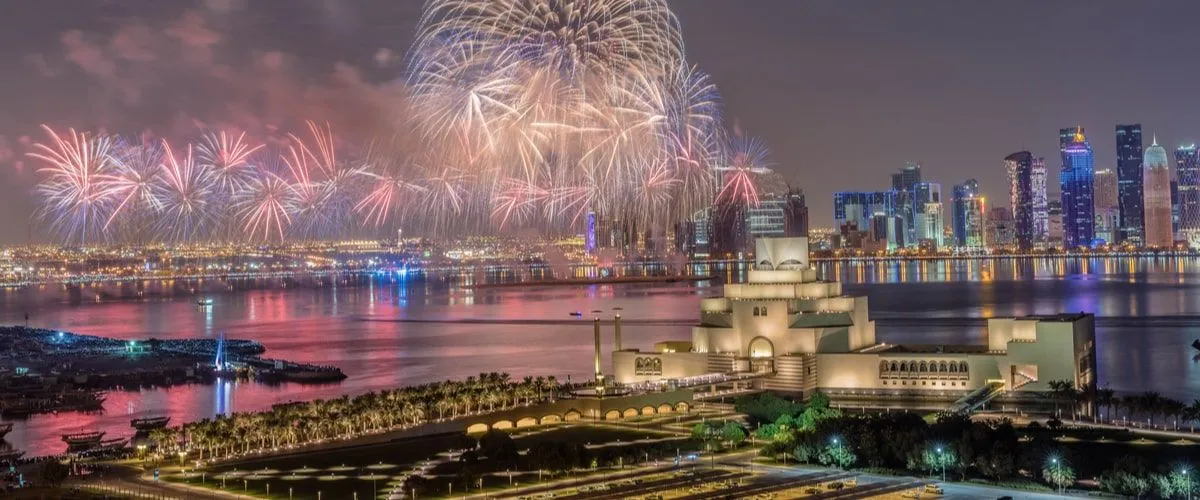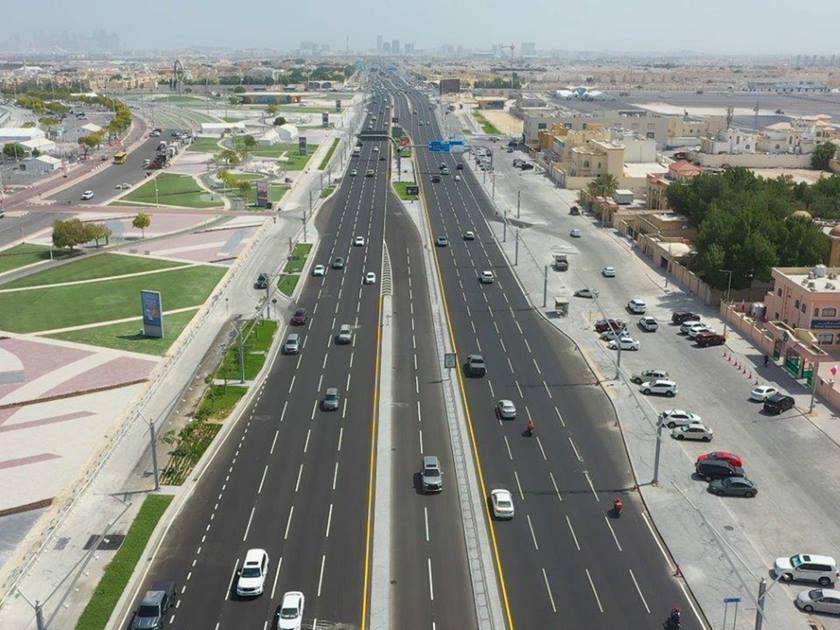
An apparently sudden reduction in the speed limit on the Doha Expressway has sparked confusion and surprise among some Qatar residents.
Signs on the busy thoroughfare, which initially showed a 100km/hour limit, changed on Thursday night to reflect a new maximum top speed of 80km/hour.
On social media over the weekend, residents reported seeing the new signs on the stretch of the road that runs from the intersection with Salwa Road north past Landmark Mall.
Some questioned the safety implications of rolling out such a significant change on the route without first notifying the public.
Others were unclear if the road’s speed radars have been adjusted to reflect the new limit.
https://twitter.com/tamumirza/status/558976068242374656
https://twitter.com/TeamPistonBroke/status/558945386346201088
CAUTION: New speed limit on Shamal Expressway is "80".. Watchout #Doha #Qatar cc @dohanews @iloveqatar did you guys hear about this?
— Gazan Khan (@acepilotkhan) January 23, 2015
Now speed limit is being set up for #Doha expressway, 100kmph are now 80kmph. What's happening?
— Shaiju (@shaiju) January 22, 2015
Speed limit for #Doha expressway has been decreased from 100 kmph to 80 kmph #qatar #dohatraffic #fb pic.twitter.com/XOW3PbTTys
— Amr Darwish عمرو (@Amr_Phoenix) January 22, 2015
According to a Traffic Department official who spoke to Arabic daily newspaper Al Raya, the new, reduced limit is part of a trial to see if slower speeds will ease congestion and cut the number of accidents on the road.
Gulf Times translates the unnamed source as saying that during the trial period, traffic flow and the number of accidents on the road would be monitored to see if safety and congestion is improved. If the move proved successful, it could be implemented permanently.
A Qatar-based traffic advisor told Doha News that drivers should follow the new limits and drive accordingly, to avoid getting a speeding ticket.
“If the signs say 80 kph, you should take that as your maximum, and drive accordingly,” he said.
However, he added that not all cameras are calibrated to exactly measure the speed drivers are going, and as a result, there is usually a margin of error of around 10 percent above the recorded speed of a driver before they are issued a ticket.
Expressway woes
Since the expressway opened to traffic in 2010 as a means of improving connections between north and south Doha, congestion has steadily grown on the route, and it has regularly become the source of serious accidents.
During peak periods in the mornings and evenings, traffic crawls along the road, often barely getting above 20km/hour.

In frustration, some drivers can be seen flouting traffic laws by using the hard shoulder/emergency lane to bypass long queues.
To improve safety and ease congestion, the Traffic Department has introduced a number of initiatives in recent years.
In 2013, an “eye in the sky” helicopter patrol unit began monitoring congestion during peak hours, advising on-the-ground patrol units about traffic patterns, accidents and potential trouble spots.
And in June last year, unmarked police patrol units began ticketing drivers who flout road rules, particularly when they believed they were out of sight of authorities.
Accidents up
Still, as Qatar’s population continues to grow, and there are more cars on the roads, the number of accidents also rises.
November was one of the most dangerous months last year to be on Qatar’s roads, as official figures recorded a total of 25 deaths from traffic accidents.
Figures for major and minor accidents were also up on previous months.
The statistics come amid an ongoing debate about how to improve safety on the roads, with many residents calling for stricter enforcement of the rules as the only way to bring about a change in driving habits.
Thoughts?







